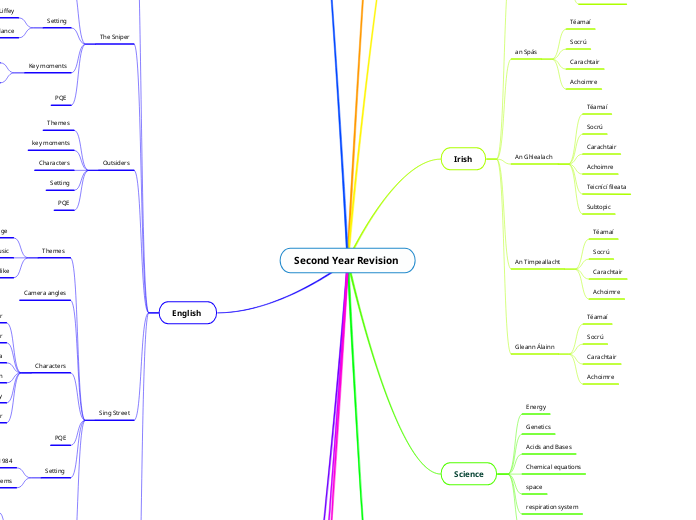door Sathajit Ghosh 1 jaar geleden
173
Processes of Denudation chapter 5 Geography
The process of denudation encompasses the breakdown and removal of materials from the Earth's surface through weathering and erosion. Weathering can be mechanical, chemical, or biological, each contributing to the disintegration of minerals and rocks.









